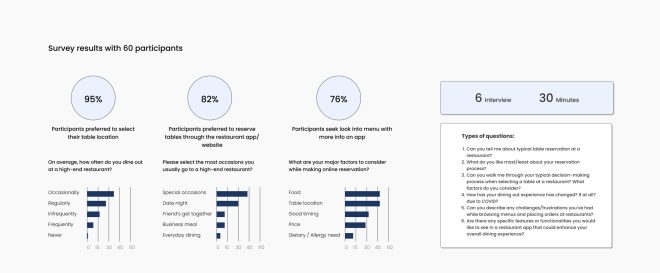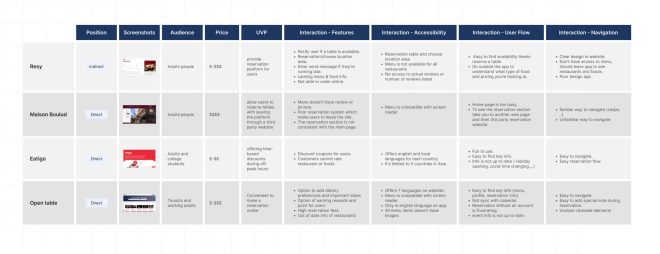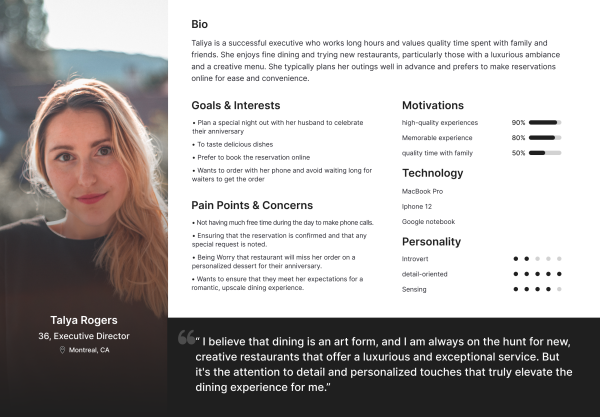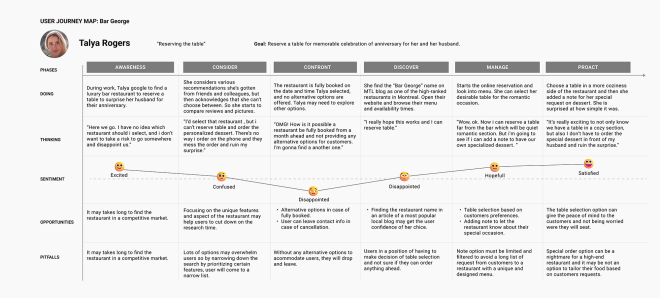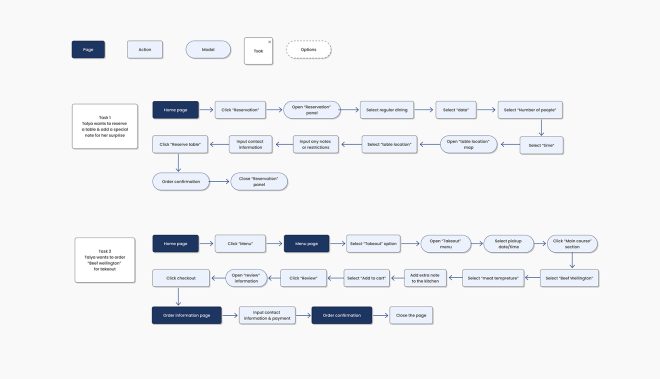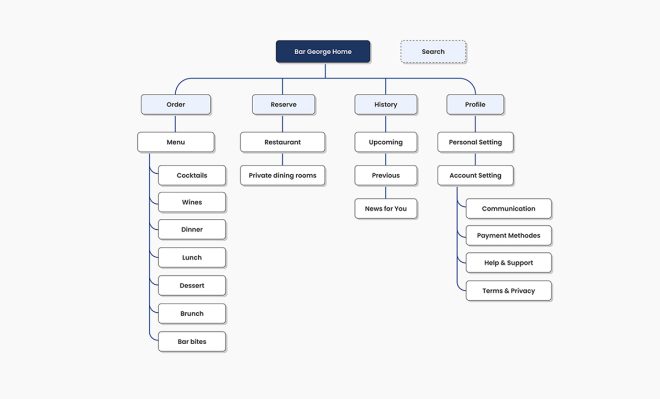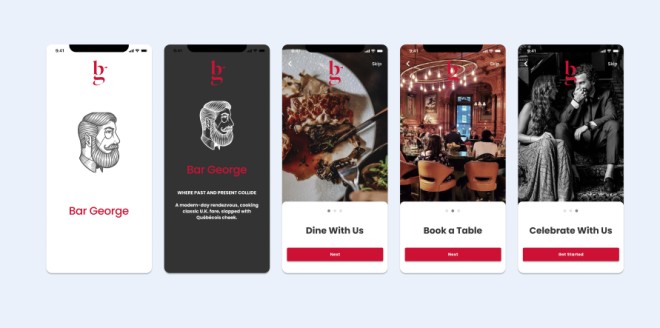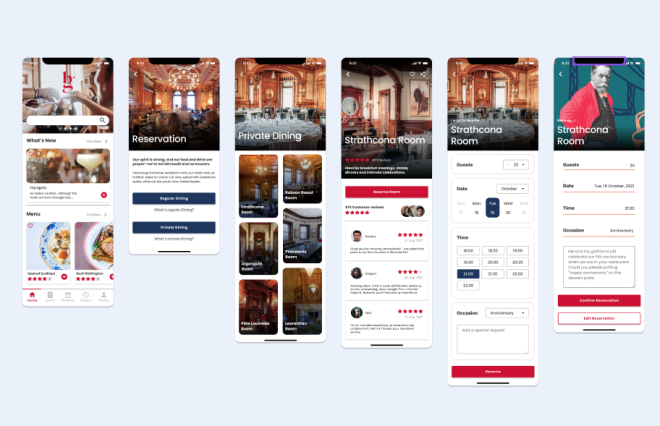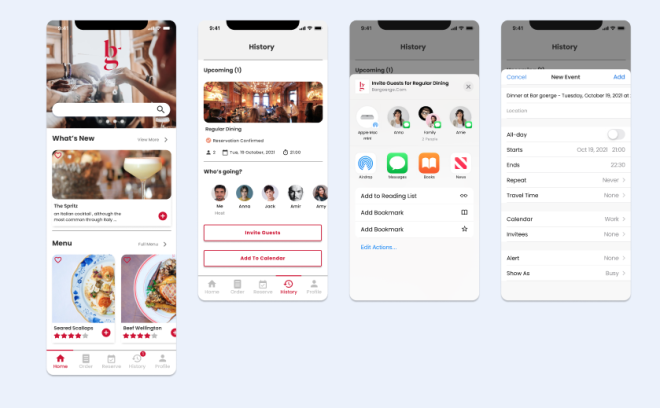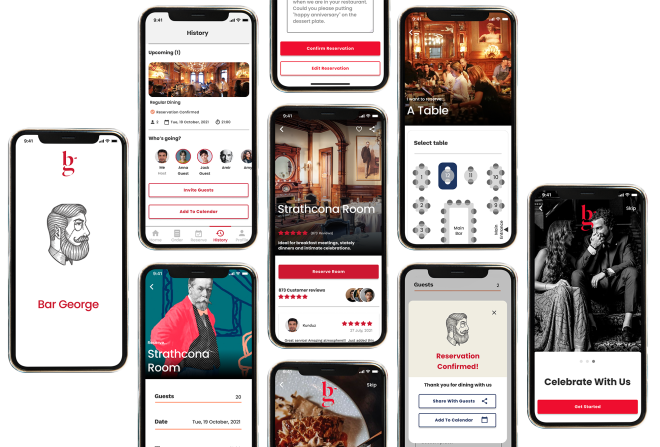
Designing Bar George App with
In this case study, I identified a challenge with Bar George website, which wasn’t meeting the needs of customers for online reservations.
To address this, I designed the feature to allow for more flexible online reservations like selecting their table locations and adding notes for special occasions, enhancing user engagement and product value.

